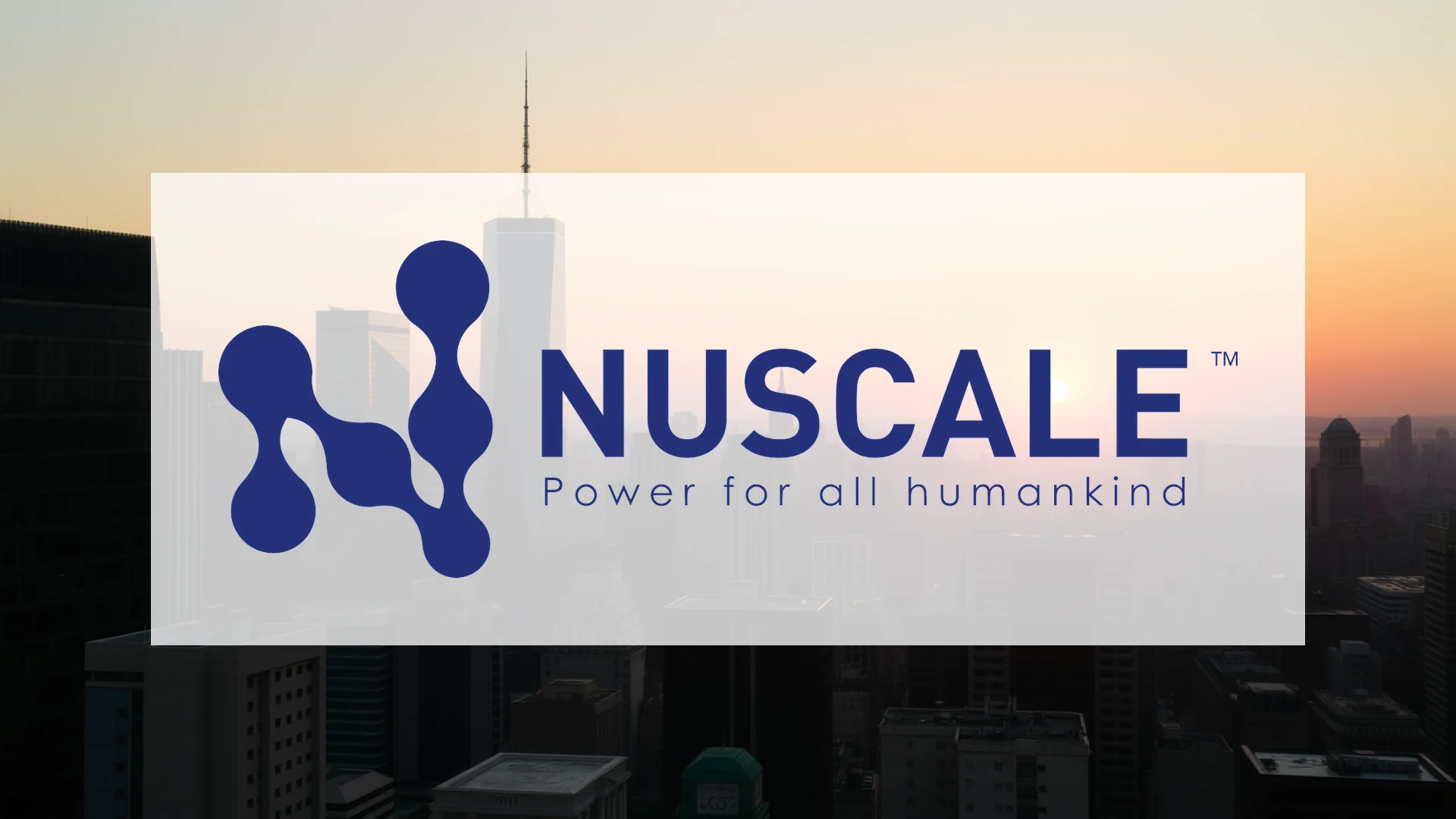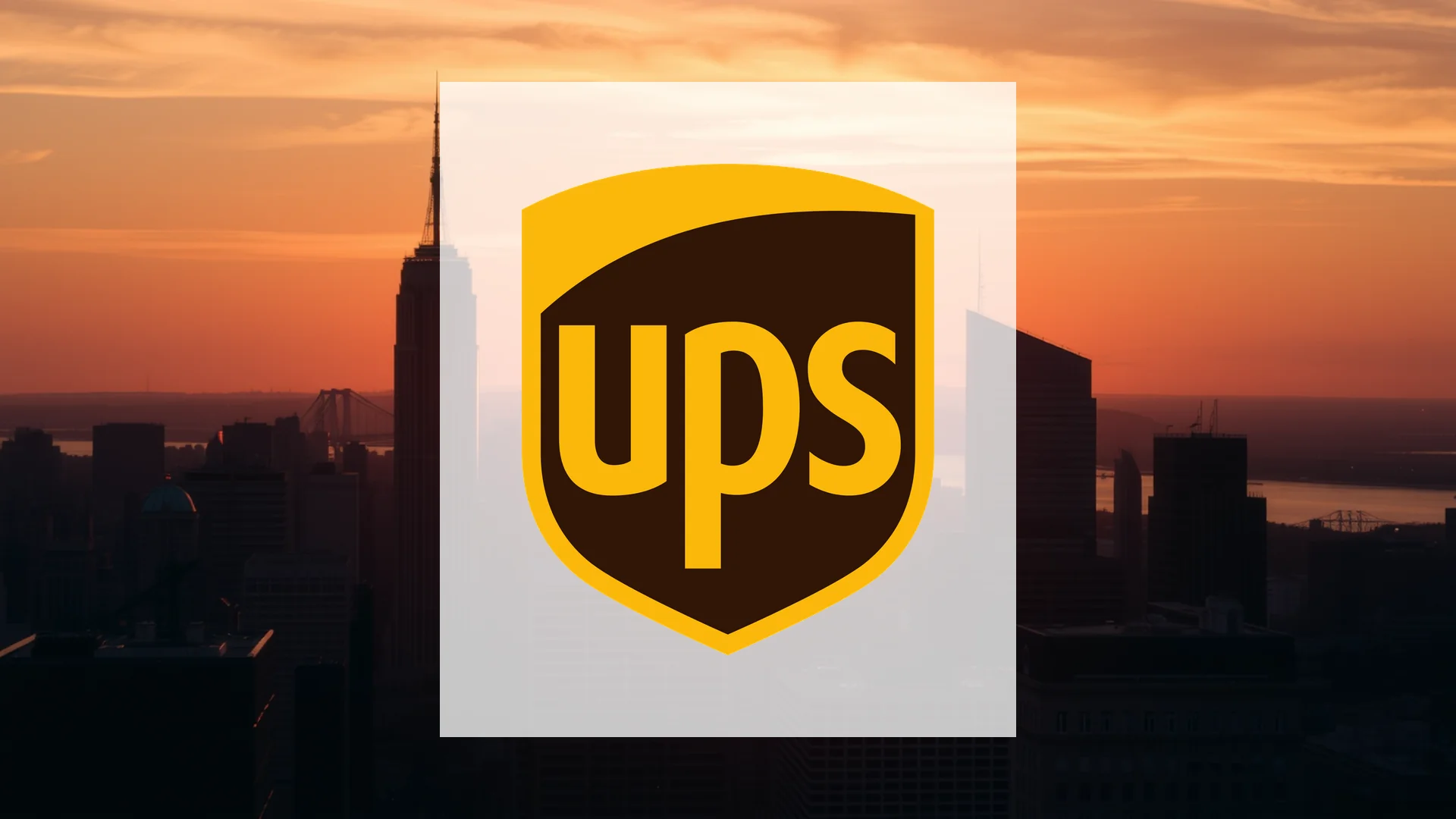The landscape for Walgreens has fundamentally shifted following its acquisition by private equity firm Sycamore Partners in August 2025 and its subsequent delisting from the Nasdaq. This move into private ownership was intended to grant the company greater operational agility, but it coincides with a period of intense internal restructuring and emerging external challenges, including a significant new regulatory settlement.
A $500,000 Settlement in Vermont
Adding to the company’s current pressures, Vermont Attorney General Charity Clark recently announced a $500,000 settlement with the pharmacy chain. An investigation concluded that Walgreens had overcharged customers in 416 separate instances spanning from 2018 to 2024. These violations occurred at both legacy Walgreens locations and converted Rite Aid stores, where the prices scanned at the register were higher than those advertised on the store shelves. The overcharges identified ranged from a few cents to a substantial $23.40 per item. As a component of the agreement, Walgreens is mandated to uphold its price compliance policies and provide regular reports on its adherence for a period of three years.
A Sweeping Cost-Cutting Agenda Under Sycamore Partners
While the Vermont settlement presents an immediate public relations and compliance hurdle, a more profound transformation is underway internally. Under the leadership of CEO Mike Motz and the directive of its new owners, Walgreens is implementing a rigorous cost-reduction strategy designed to streamline operations.
The push for efficiency has had a direct impact on employees. In early October, the company notified its hourly store workers of the elimination of six paid holidays, a change that directly reduces their annual compensation. This is just one element of a broader austerity plan that also includes:
* A wave of corporate layoffs.
* The planned closure of its downtown Chicago office.
* A strategic three-year initiative to shutter approximately 1,200 underperforming retail locations.
Should investors sell immediately? Or is it worth buying Walgreens?
This aggressive approach raises a critical question: can such severe fiscal discipline revitalize the 124-year-old pharmaceutical retail giant?
Pressures on the Core Business and the Path Forward
The transition to a privately held entity was promoted as a way to operate with “the flexibility of a private standalone company,” enabling moves to be made with “certainty, speed, and focus.” However, the operating environment remains difficult. The core pharmacy business continues to face pressure from thinner prescription reimbursements and rising operational costs, now compounded by regulatory fines.
For the new management team, the path to success is fraught with complex challenges. They must execute a massive store optimization plan, maintain employee morale in the face of benefit reductions, and work to rebuild consumer trust following the pricing scandals. The private equity restart for Walgreens is shaping up to be a ultimate test of its entire business model in a rapidly evolving retail landscape.
Ad
Walgreens Stock: Buy or Sell?! New Walgreens Analysis from November 13 delivers the answer:
The latest Walgreens figures speak for themselves: Urgent action needed for Walgreens investors. Is it worth buying or should you sell? Find out what to do now in the current free analysis from November 13.
Walgreens: Buy or sell? Read more here...









